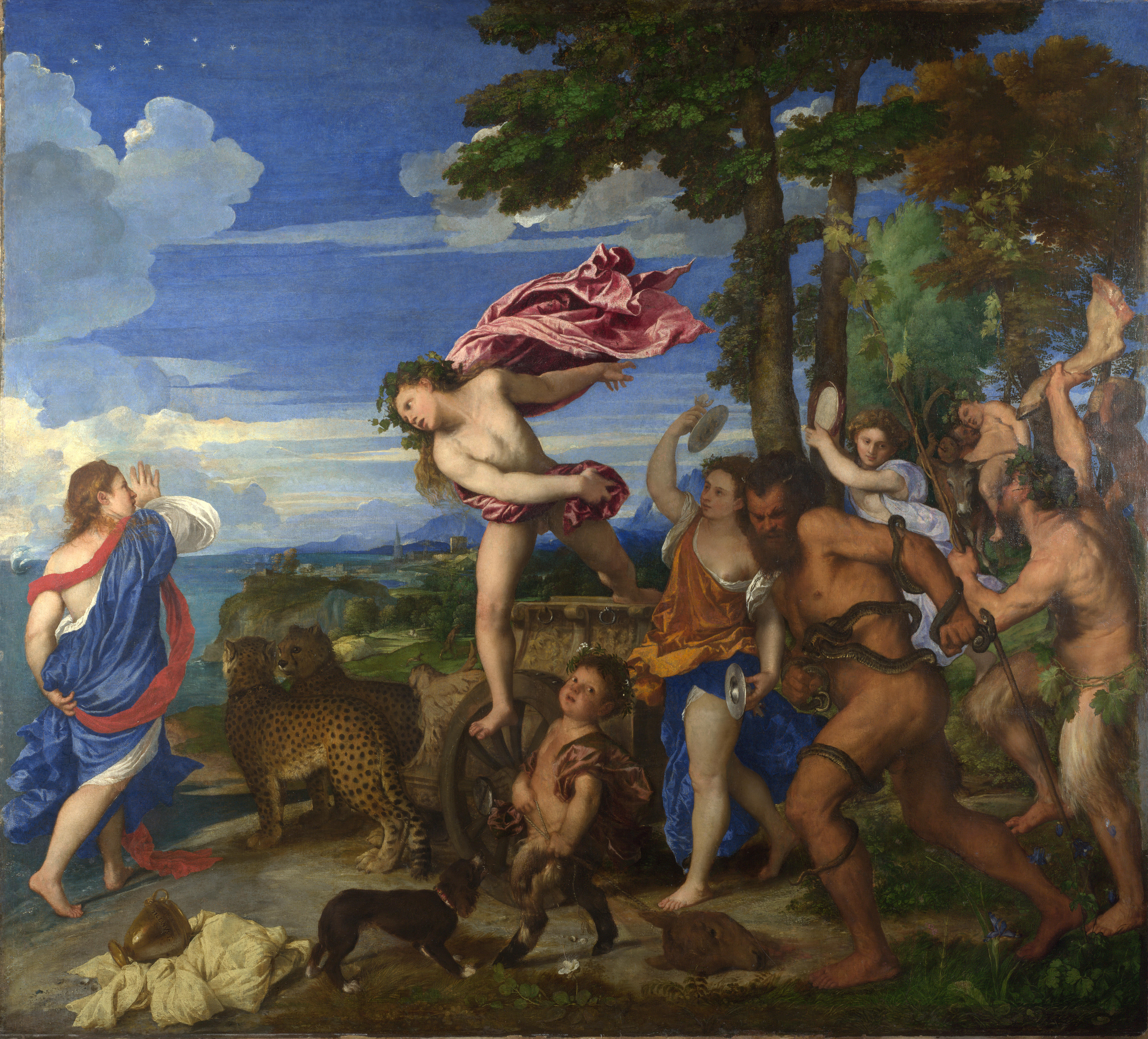|
The Little Street
''The Little Street'' (''Het Straatje'') is a painting by the Dutch painter Johannes Vermeer, executed c. 1657-1658. It is exhibited at the Rijksmuseum of Amsterdam, and signed, below the window in the lower left-hand corner, "I V MEER". Painting The painting is made in oil on canvas, and it is a relatively small painting, being high by wide. The painting, showing a quiet street, depicts a typical aspect of the life in a Dutch Golden Age town. It is one of only three Vermeer paintings of views of Delft, the others being ''View of Delft'' and the now lost ''House Standing in Delft''. This painting is considered to be an important work of the Dutch master. Straight angles alternate with the triangle of the house and of the sky giving the composition a certain vitality. The walls, stones and brickwork are painted in a thicker paint layer, such that it makes them almost palpable. Painting materials Vermeer achieved the realistic depiction of the surfaces with the masterful app ... [...More Info...] [...Related Items...] OR: [Wikipedia] [Google] [Baidu] |
Johannes Vermeer
Johannes Vermeer ( , , see below; also known as Jan Vermeer; October 1632 – 15 December 1675) was a Dutch Baroque Period painter who specialized in domestic interior scenes of middle-class life. During his lifetime, he was a moderately successful provincial genre painter, recognized in Delft and The Hague. Nonetheless, he produced relatively few paintings and evidently was not wealthy, leaving his wife and children in debt at his death. Vermeer worked slowly and with great care, and frequently used very expensive pigments. He is particularly renowned for his masterly treatment and use of light in his work. "Almost all his paintings", Hans Koningsberger wrote, "are apparently set in two smallish rooms in his house in Delft; they show the same furniture and decorations in various arrangements and they often portray the same people, mostly women." His modest celebrity gave way to obscurity after his death. He was barely mentioned in Arnold Houbraken's major source book on 1 ... [...More Info...] [...Related Items...] OR: [Wikipedia] [Google] [Baidu] |
Lead-tin-yellow
Lead-tin-yellow is a yellow pigment, of historical importance in oil painting, sometimes called the "Yellow of the Old Masters" because of the frequency with which it was used by those famous painters. Nomenclature The name lead-tin yellow is a modern label. During the thirteenth to eighteenth centuries when it was in widest use, it was known by a variety of names. In Italy, it was ''giallorino'' or ''giallolino''. In other countries of Europe, it was massicot, (Spanish), (German), ''general'' (English) or (Portuguese). All of these names were often applied to other yellow pigments as well as lead-tin yellow. Composition Lead-tin-yellow historically occurred in two varieties. The first and more common one, today known as "Type I", was a lead stannate, an oxide of lead and tin with the chemical formula Pb2SnO4. The second, "Type II", was a silicate with the formula .Hermann Kühn, 1967, "Blei-Zinn-Gelb und seine Verwendung in der Malerei", ''Farbe und Lack'' 73: 938-949 ... [...More Info...] [...Related Items...] OR: [Wikipedia] [Google] [Baidu] |
Landscape Paintings By Johannes Vermeer
A landscape is the visible features of an area of land, its landforms, and how they integrate with natural or man-made features, often considered in terms of their aesthetic appeal.''New Oxford American Dictionary''. A landscape includes the physical elements of geophysically defined landforms such as (ice-capped) mountains, hills, water bodies such as rivers, lakes, ponds and the sea, living elements of land cover including indigenous vegetation, human elements including different forms of land use, buildings, and structures, and transitory elements such as lighting and weather conditions. Combining both their physical origins and the cultural overlay of human presence, often created over millennia, landscapes reflect a living synthesis of people and place that is vital to local and national identity. The character of a landscape helps define the self-image of the people who inhabit it and a sense of place that differentiates one region from other regions. It is the dyn ... [...More Info...] [...Related Items...] OR: [Wikipedia] [Google] [Baidu] |



